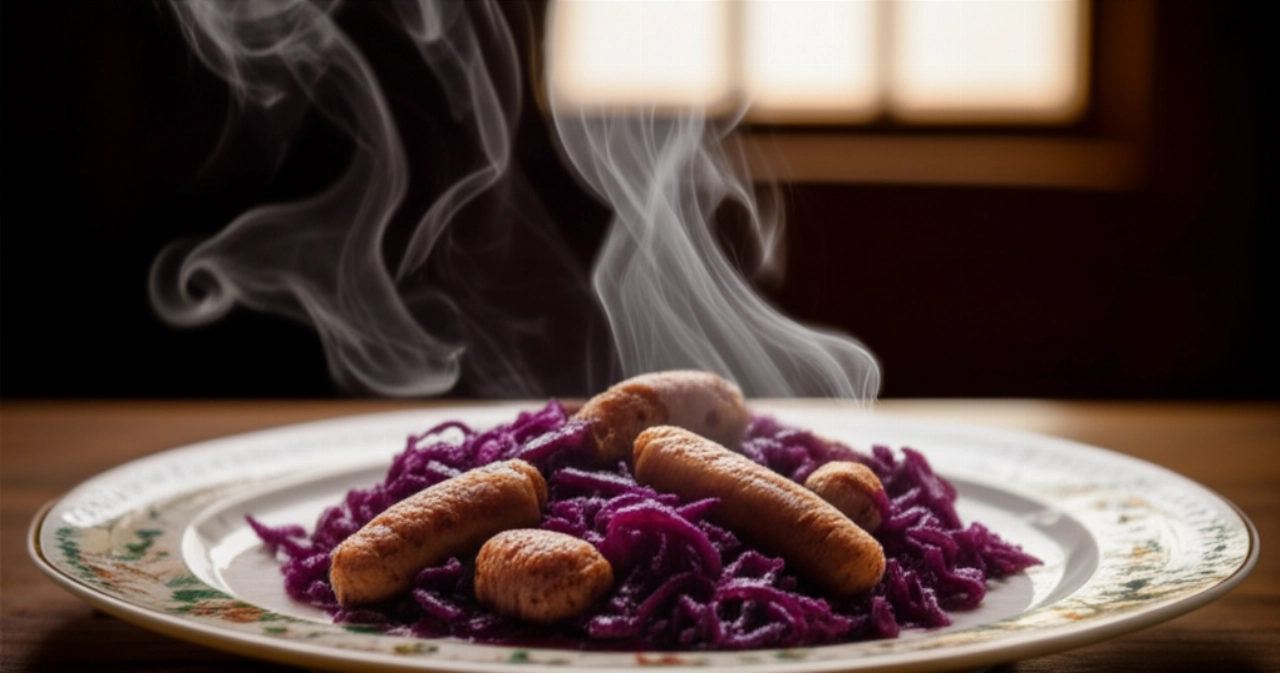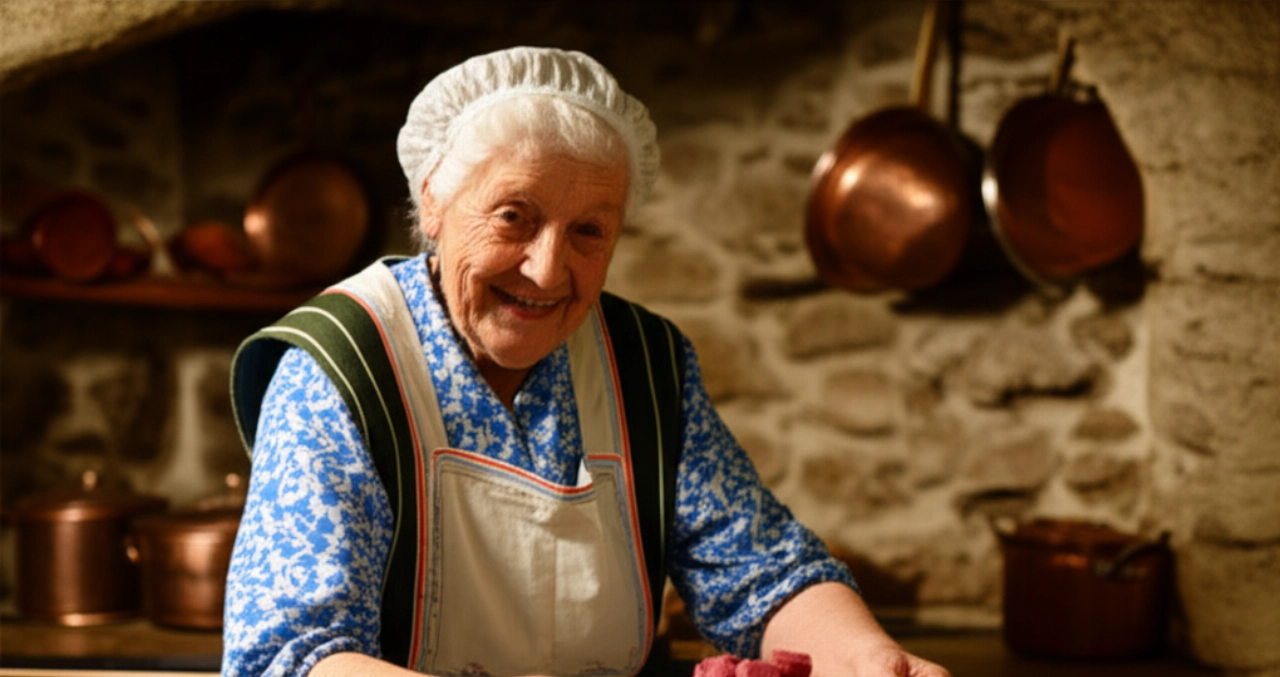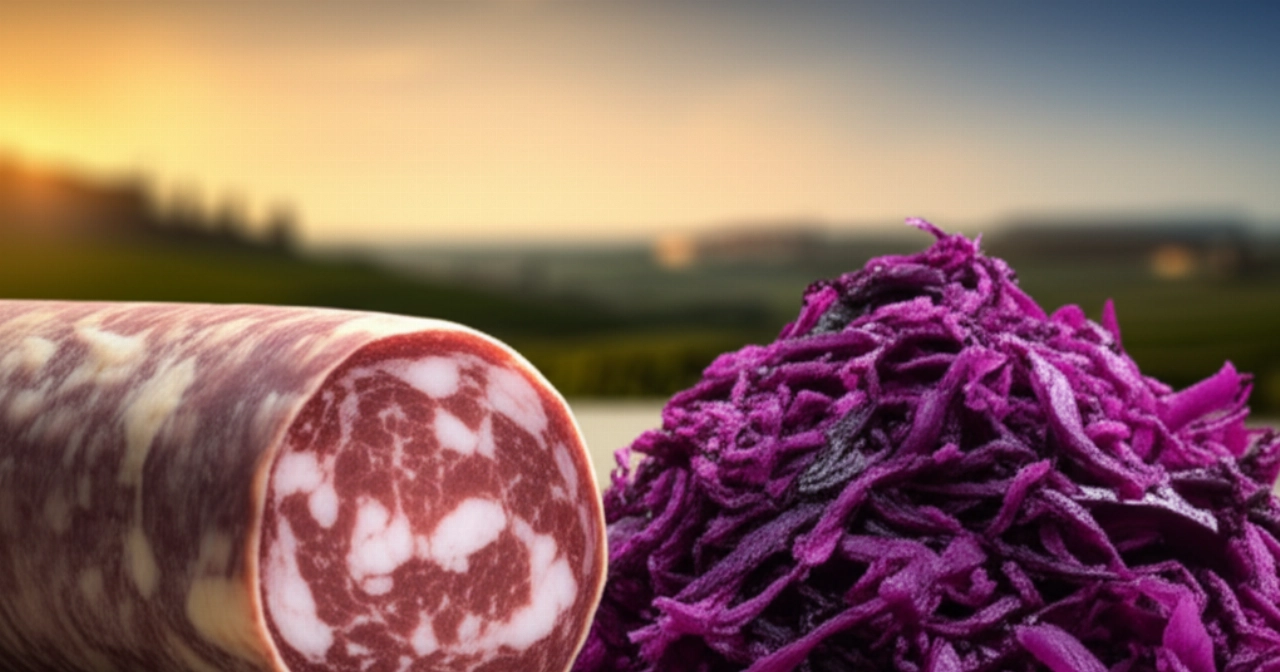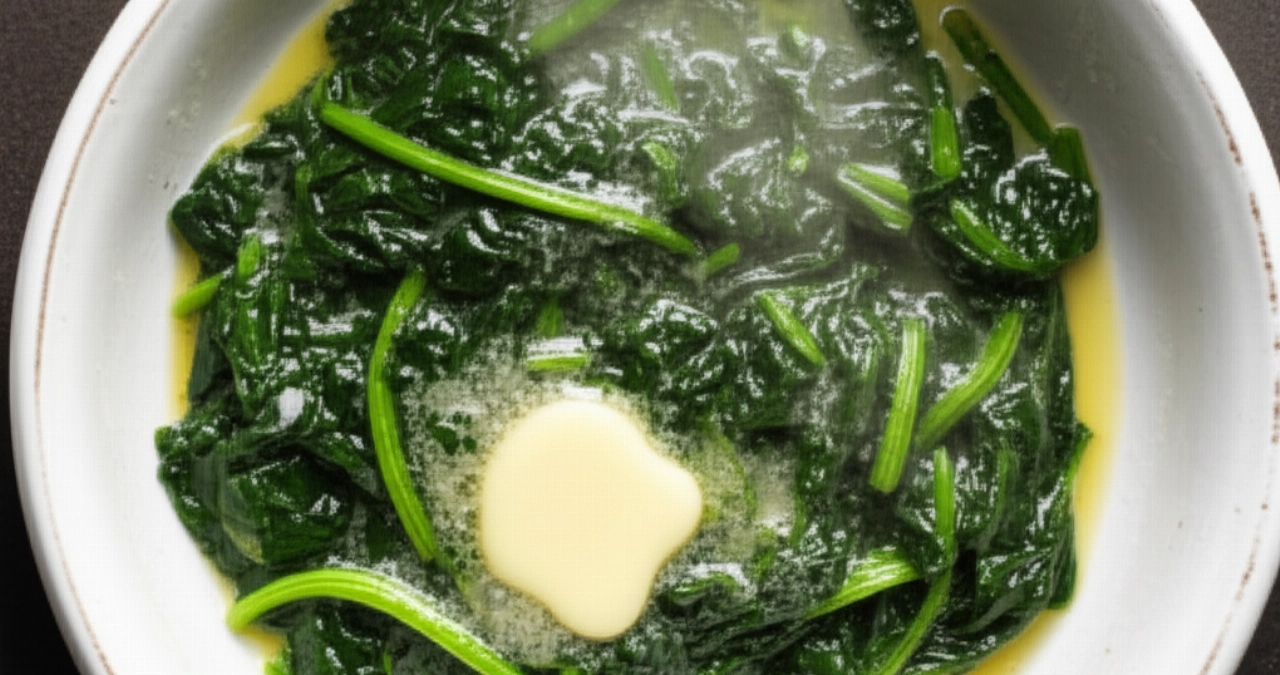There's a dish that, more than any other, encapsulates the robust and generous soul of Friuli Venezia Giulia: Musetto and Brovada. A perfect union between the richness of musetto, a cured sausage similar to cotechino but with a more delicate flavor and unique texture, and the tart freshness of brovada, white turnips soured in grape pomace. It's a dish that speaks of tradition, family warmth, and authentic flavors, those that warm your heart on the coldest days.
But too often, people fear that preparing it at home is too complicated, or that they won't be able to replicate that authentic, enveloping flavor savored in traditional trattorias. The anxiety of not being able to balance the flavors, the fear of wasting precious ingredients, or not achieving the right consistency can deter even the most willing cook.
Make yourself comfortable. Here at Search Recipes, we won't just give you a list of ingredients, but the definitive guide, full of tricks and tips, to bring to the table a Musetto and Brovada so perfect it will make even the most demanding connoisseur feel at home. I'll guide you step by step to recreate the true flavor of Friuli, balancing the richness of the musetto with the tart freshness of the brovada, without errors and with the certainty of a result worthy of applause. Success is guaranteed, grandma's word!

Smart Ingredients for an Applause-Worthy Musetto and Brovada
The magic of this dish begins with the careful selection of ingredients. It's not just about quantity, but quality and understanding the role each element plays in the final result. Here's what you need and why:
- Musetto (or Friulian Cotechino): Choose a high-quality musetto, preferably artisanal. Its meat is finer, and its texture, once cooked, is incredibly soft and melt-in-your-mouth. If you can't find musetto, a good pork cotechino can be an alternative, but be aware that musetto has a more delicate flavor and a more gelatinous consistency that makes it unique.
- Brovada: This is the ingredient that makes all the difference! It consists of white turnips fermented in grape pomace. Its acidity and unmistakable aroma perfectly balance the richness of the musetto. You can find it ready-made in jars or bags in well-stocked supermarkets or specialty food stores offering Friulian products. If you're a true adventurer, you could also prepare it at home, but it requires time and patience.
- Onion: A sweet yellow onion, for the base of the soffritto that will welcome the brovada.
- Carrot and Celery: For a classic Italian soffritto, which adds depth of flavor.
- Bay Leaf and Juniper Berries: These aromatics are essential for flavoring the musetto during cooking and the brovada. Don't underestimate them!
- Vegetable Broth: A good homemade (or high-quality) broth is essential for cooking the brovada and making it tender and flavorful.
- Dry White Wine: To deglaze the brovada's soffritto, adding a note of complexity.
- Extra Virgin Olive Oil: Good quality, for the soffritto.
- Salt and Black Pepper: To taste, to balance the flavors.

3 Common Mistakes to Avoid for a Perfect Musetto and Brovada
Even the simplest dishes can hide pitfalls. But don't worry, I'm here to reveal the most common mistakes and how to avoid them, guaranteeing you unprecedented success:
- Not Preparing the Musetto Correctly: Many simply boil it and that's it. Instead, the musetto (or cotechino) should be pricked with a fork before cooking to allow excess fat to render out. And cooking must be slow and gentle, over low heat, to prevent it from breaking and to make it incredibly tender.
- Neglecting the Brovada: Brovada has an intense and tart flavor. It's crucial to rinse it well under cold running water to remove excess acidity and then squeeze it carefully. If you don't, the dish will be too acidic and unbalanced.
- Not Balancing Cooking Times: Musetto and brovada have different cooking times. Musetto requires longer, slower cooking, while brovada, once rinsed and sautéed, cooks more quickly. Do not combine the two ingredients too early, otherwise the brovada will be overcooked and the musetto will not have its ideal consistency.

Grandma's Secret: The Touch That Makes Musetto and Brovada Unforgettable
My grandmother, a true master of Friulian cuisine, had a little secret to make the brovada even more flavorful and enveloping. After rinsing and squeezing it, she would sauté it for a few minutes in a pan with a drizzle of oil and a whole garlic clove (which she would then remove). This seemingly insignificant step allowed the brovada to lose the last bit of water and better absorb the aromas of the subsequent soffritto, concentrating its flavor and making it incredibly fragrant. A small gesture that makes a big difference!
Let's Prepare Musetto and Brovada Together: The Step-by-Step Guide
Now that you know all the secrets, it's time to get your hands dirty (or rather, into the musetto!). Follow these steps carefully, and success will be guaranteed.
Phase 1: Cooking the Musetto
- Prepare the Musetto: With a fork, prick the musetto (or cotechino) all over its surface. This will help excess fat render out during cooking.
- Submerge and Cook: Place the musetto in a large pot and cover it completely with cold water. Add a bay leaf and a few juniper berries. Bring to a boil over medium-low heat.
- Slow Cooking: Once boiling, reduce the heat to minimum, cover the pot, and let it cook slowly for about 2-3 hours (time varies depending on size and whether it's pre-cooked or raw). The musetto should be very tender, almost melting in your mouth. If it's pre-cooked, the times will drastically reduce (about 20-30 minutes). Always check the instructions on the packaging.
- Drain and Cool: Once cooked, drain the musetto and let it cool slightly. It will be easier to handle and slice.
Phase 2: Preparing the Brovada
- Rinse and Squeeze: Take the brovada and rinse it thoroughly under cold running water. This is a crucial step to eliminate excess acidity. Squeeze it very well with your hands to remove as much water as possible.
- Prepare the Soffritto: In a large saucepan, heat a drizzle of extra virgin olive oil. Add the finely chopped onion, carrot, and celery. Let them sauté gently over low heat until the vegetables are softened and translucent (about 5-7 minutes).
- Deglaze with Wine: Add the squeezed brovada to the soffritto. Sauté for a couple of minutes, then deglaze with white wine. Let the alcohol evaporate completely.
- Slow Cooking the Brovada: Add a ladleful of hot vegetable broth, a bay leaf, and a few juniper berries. Cover and let it cook over low heat for about 40-50 minutes, or until the brovada is tender and has absorbed the flavors well. If necessary, add more hot broth during cooking. The brovada should not be watery, but moist and flavorful.
- Adjust Seasoning: At the end of cooking, taste and adjust salt and pepper. Remember that brovada is already savory on its own.
Phase 3: Assembly and Serving
- Slice the Musetto: Slice the musetto into pieces about 1-1.5 cm thick.
- Heat and Serve: If the musetto has cooled too much, you can gently reheat it in its cooking broth or in a little vegetable broth.
- Plate: Serve the slices of hot musetto accompanied by plenty of brovada.
- Perfect Accompaniment: Traditionally, Musetto and Brovada is served with soft polenta. Its delicacy pairs wonderfully with the intense flavors of the dish.
Tips and Frequently Asked Questions about Musetto and Brovada
I know you might still have some doubts, and that's perfectly fine! Here are the answers to the most common questions to clear up any uncertainty.
Can I use cotechino instead of musetto?
Yes, you can use cotechino, but keep in mind that the flavor and texture will be slightly different. Musetto is more delicate and gelatinous. If you use cotechino, make sure it's good quality and follow the cooking instructions on the packaging.
Where can I find brovada or how can I prepare it?
Brovada is usually found in well-stocked supermarkets, specialty food stores offering regional products, or online. If you can't find it, you could try preparing it at home, but it's a long process that requires fermenting turnips in grape pomace. For an authentic result, I recommend buying it ready-made.
Can I prepare the dish in advance?
Absolutely yes! In fact, Musetto and Brovada is often even better the next day, because the flavors have time to blend perfectly. You can prepare the musetto and brovada separately and then gently reheat them when serving. Store them in the refrigerator in airtight containers.
How to store leftovers?
Leftovers of Musetto and Brovada can be stored in the refrigerator in an airtight container for 2-3 days. You can gently reheat them in a pan or microwave. It is not advisable to freeze cooked musetto; brovada, however, can be frozen before cooking, but it's best consumed fresh.
What's the best wine pairing?
For such a rich and flavorful dish, a robust and structured red wine from Friuli Venezia Giulia is ideal. A Refosco dal Peduncolo Rosso, a Pignolo, or a Tazzelenghe pair wonderfully, thanks to their acidity and tannins that cleanse the palate.
Your Friulian Masterpiece is Ready!
There you have it! Now you no longer just have a recipe, but all the secrets to bring to the table a dish that tastes of home, tradition, and love. Musetto and Brovada is not just a main course; it's a culinary experience that transports you directly to the heart of Friuli, a warm and flavorful embrace that will make you feel like a true chef, even if it's your first time preparing it.
Don't be afraid to experiment. Cooking is an act of creativity and passion. But start with this solid base, and you'll see that applause won't be lacking. The satisfaction of seeing your guests or family enjoy every bite will be your greatest reward.
Have you tried our recipe? We're very curious to see your masterpiece! Leave a comment below, tell us how it went, or share a photo on Instagram by tagging @CercaRicette.it. If you loved this journey into Friulian flavors, you can't miss our recipe for Friulian Frico: The Original Recipe or for a perfect side dish like Creamy Mashed Potatoes. Your culinary adventure has just begun!





